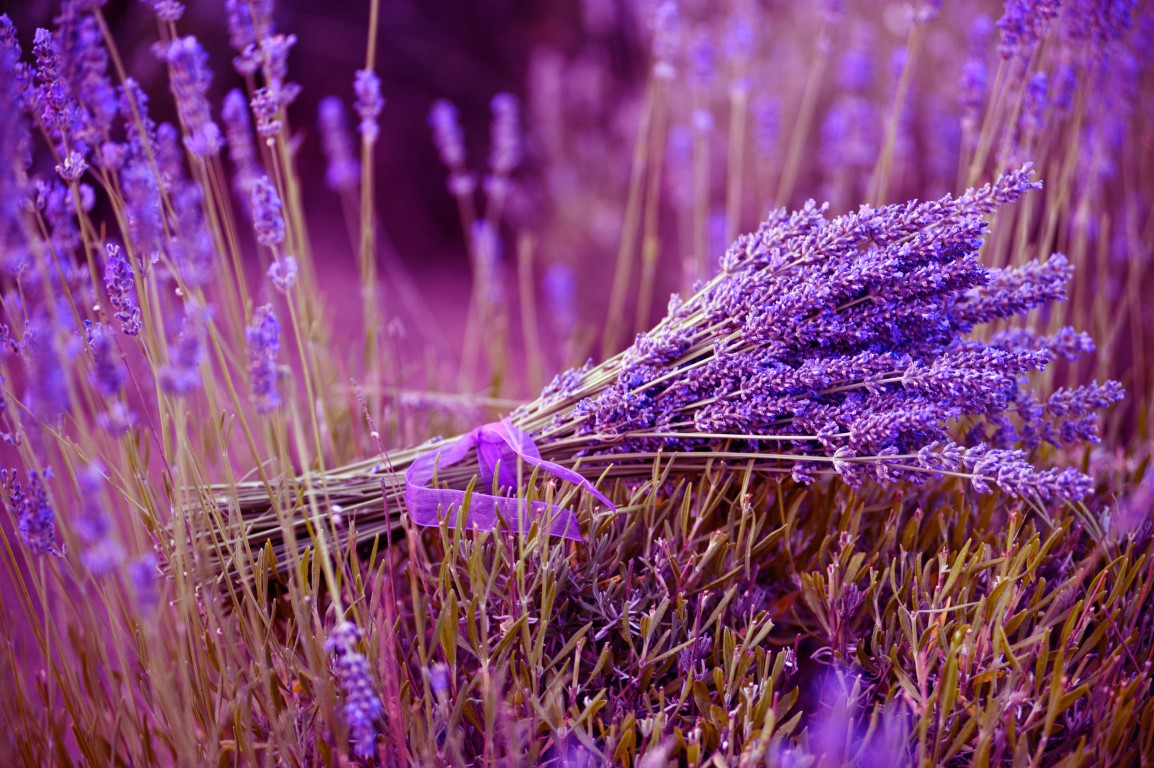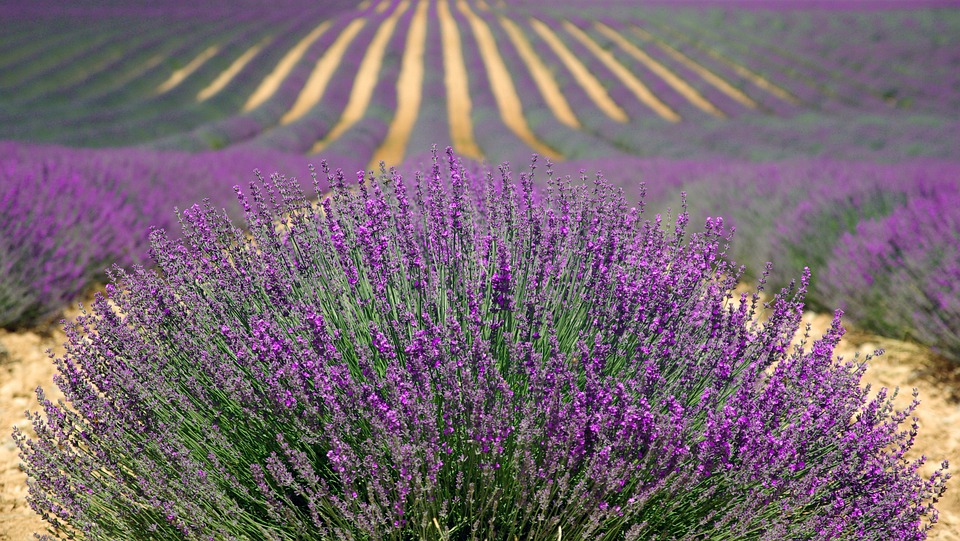Lavender (lat. Lavandula)
Lavender is a bushy Mediterranean plant that originates from the Greek islands, and carries the history 2500 years old. Around thirty species and two hundred subspecies and sorts of lavender were discovered and named, at that time. Various properties were attributed to lavender and people were using it for various purposes: from culinary to medicine, body hygiene or fabric.
The healing properties of lavender
The tea made from the flowers of lavender is widely used because of the pleasant aroma and healing properties. This is traditional remedy that sooths and relieves insomnia and headache. Lavender flower is very effective in colds and respiratory tract infections. It stimulates digestion and removal of harmful substances from the body. Unsweetened tea helps with stomach problems and bloating. Dried flowers are a favourite choice for filling the pillows for relaxation and better sleep. They are used as additives in the preparation of domestic cosmetic products, lotions, bath and so on.
For a bottle of lavender essential oil it is rightly to say that it is the „first aid“ in the house and it is inevitable in aromatherapy. The essential oil obtained by steam distillation relaxes and refreshes and brings harmony in spirit. It is an excellent antiseptic. The oil is used for all skin types; it can be applied directly to the skin or mixed with base oil. It provides significantly fast recovery in case of burns or wounds and it also helps with acne, fungal diseases, insect bites, inflammations and skin allergies.
Use of the oil in aroma lamps or gentle inhalation is used in bronchitis and influenza. „Gurgling” of diluted lavender oil (one drop in a glass of warm water) helps with sore throat and hoarseness.
Bath with lavender oil soothes tension, high blood pressure, relaxes spasms and menstrual cramps. Lavender massage oil is good for rheumatic problems.
Use of lavender
Once very popular in cuisine, the flower of lavender is again being increasingly used. Especially the genuine (fine) lavender flower – Lavandula angustifolia which has nicer and milder odour compared to Lavandin. Due to its sweet smell it is mostly used for desserts, such as ice cream with lavender, cream and cookies etc. Lavender is used to season the grilled food and it is an integral part of the famous Provence Seasoning Mix. An easy way to use it is by refining the sugar which can later be used to sweeten tea or sweets. Vinegar and oil can also be flavoured.
Lavender can also be a decoration. Flower sticks are harvested for fresh and dry fragrant bouquets. Dry flower is the main part of many rooms. At some weddings lavender petals are thrown instead of rice and the guests are given the lavender sachets. Sachets are traditionally placed in the closets for a pleasant odour and as a protection against moths. They are versatile and made with a lot of imagination. They can also become a beautiful small gift.
How to cultivate lavender in our conditions
Although this is not an autochthonous species here lavender tolerates well our climatic conditions and can be successfully grown, with a few precautions. An optimal period for planting the lavender are April and May and it is very important to keep in mind that the soil must be well drained i.e. permeable, wet areas should be avoided. When growing lavender in pots it is important to put a drainage layer of gravel at the bottom of the pots. During the initial stage, after planting, watering is required. Later, it tolerates drought very well. It does not need watering during the winter. When the soil is without water it can tolerate very low temperature, even down to -20 C, but the water in the soil results in the root freezing. Also, it is very important to position the lavender in a place where it would have a lot of sun and would be protected from the wind, since it does not grow in the shade.

